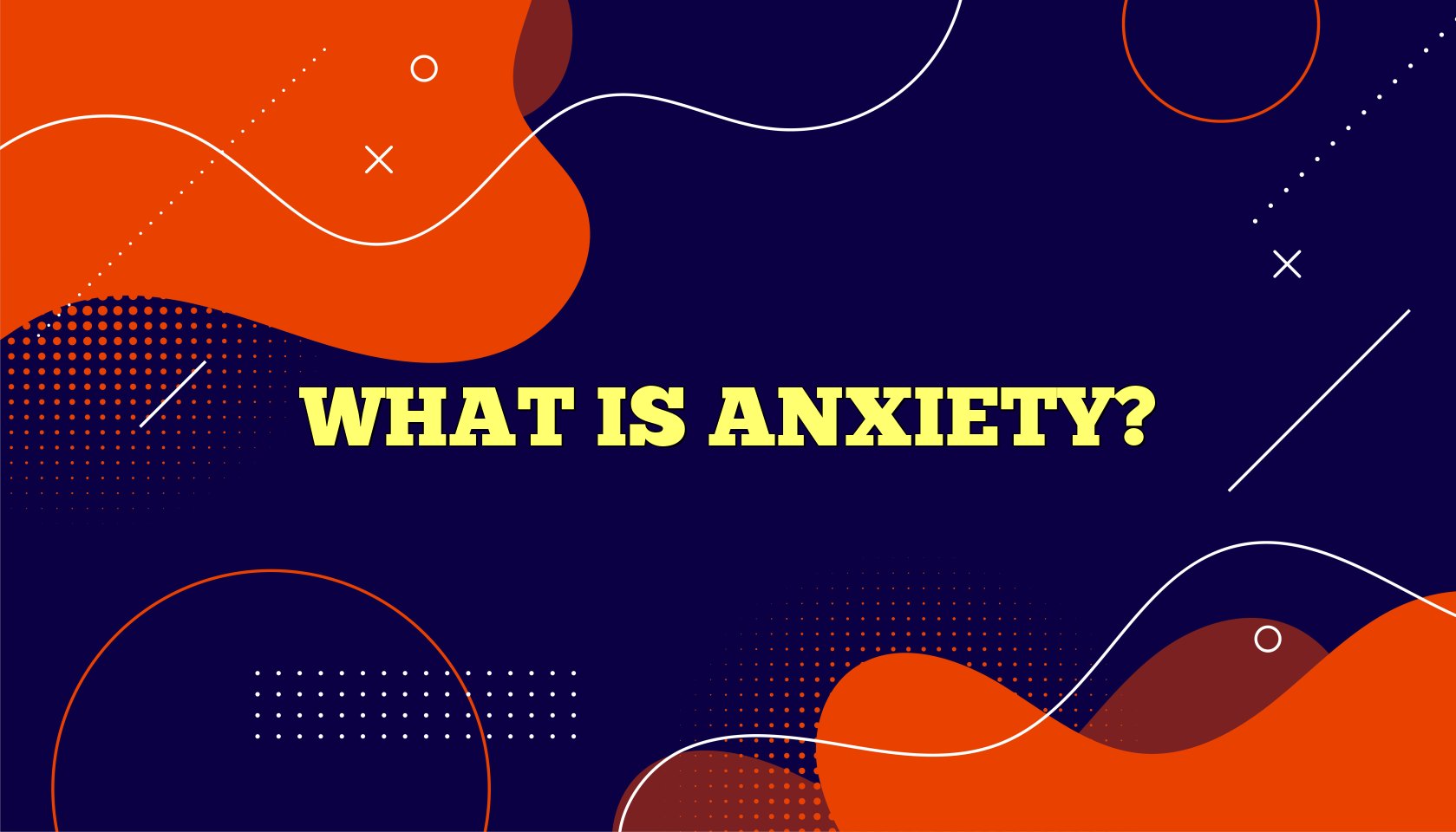
You can better understand the nature of anxiety by looking at both what it is and what it is not. For example, anxiety can be distinguished from fear in several ways. When you are afraid, your fear is usually directed toward some concrete external object or situation. The event that you fear usually is within the bounds of possibility. You might fear not meeting a deadline, failing an exam, being unable to pay your bills, or being rejected by someone you want to please. When you experience anxiety, on the other hand, you often can’t specify what it is you’re anxious about. The focus of anxiety is more internal than external. It seems to be a response to a vague, distant, or even unrecognized danger. You might be anxious about “losing control” of yourself or some situation. Or you might feel a vague anxiety about “something bad happening.”
Anxiety affects your whole being. It is a physiological, behavioral, and psychological reaction all at once. On a physiological level, anxiety may include bodily reactions such as rapid heartbeat, muscle tension, queasiness, dry mouth, or sweating. On a behavioral level, it can sabotage your ability to act, express yourself, or deal with certain everyday situations.
Psychologically, anxiety is a subjective state of apprehension and uneasiness. In its most extreme form, it can cause you to feel detached from yourself and even fearful of dying or going crazy.
The fact that anxiety can affect you on a physiological, behavioral, and psychological level has important implications for your attempts to recover. A complete program of recovery from an anxiety disorder must intervene at all three levels to
- Reduce physiological reactivity
- Eliminate avoidance behavior
- Change subjective interpretations (or “self-talk”) which perpetuate a state of apprehension and worry
Anxiety can appear in different forms and at different levels of intensity. It can range in severity from a mere twinge of uneasiness to a full-blown panic attack marked by heart palpitations, disorientation, and terror. Anxiety that is not connected with any particular situation, that comes “out of the blue,” is called free-floating anxiety or, in more severe instances, a spontaneous panic attack. The difference between an episode of free- floating anxiety and a spontaneous panic attack can be defined by whether you experience four or more of the following symptoms at the same time (the occurrence of four or more symptoms defines a panic attack):
- Shortness of breath
- Heart palpitations (rapid or irregular heartbeat) Trembling or shaking
- Sweating Choking
- Nausea or abdominal distress Numbness
- Dizziness or unsteadiness
- Feeling of detachment or being out of touch with yourself Hot flashes or chills
- Fear of dying
- Fear of going crazy or out of control
If your anxiety arises only in response to a specific situation, it is called situational anxiety or phobic anxiety. Situational anxiety is different from everyday fear in that it tends to be out of proportion or unrealistic. If you have a disproportionate apprehension about driving on freeways, going to the doctor, or confronting your spouse, this may qualify as situational anxiety. Situational anxiety becomes phobic when you actually start to avoid the situation: if you give up driving on freeways, going to doctors, or confronting your spouse altogether. In other words, phobic anxiety is situational anxiety that includes persistent avoidance of the situation.
Often anxiety can be brought on merely by thinking about a particular situation. When you feel distressed about what might happen when or if you have to face one of your phobic situations, you are experiencing what is called anticipatory anxiety. In its milder forms, anticipatory anxiety is indistinguishable from ordinary “worrying.” But sometimes anticipatory anxiety becomes intense enough to be called anticipatory panic.
There is an important difference between spontaneous anxiety (or panic) and anticipatory anxiety (or panic). Spontaneous anxiety tends to come out of the blue, peaks to a high level very rapidly, and then subsides gradually. The peak is usually reached within five minutes, followed by a gradual tapering-off period of an hour or more. Anticipatory anxiety, on the other hand, tends to build up more gradually in response to encountering—or simply thinking about—a threatening situation and then usually falls off quickly. You may “worry yourself into a frenzy” about something for an hour or more and then let go of the worry as you find something else to occupy your mind.